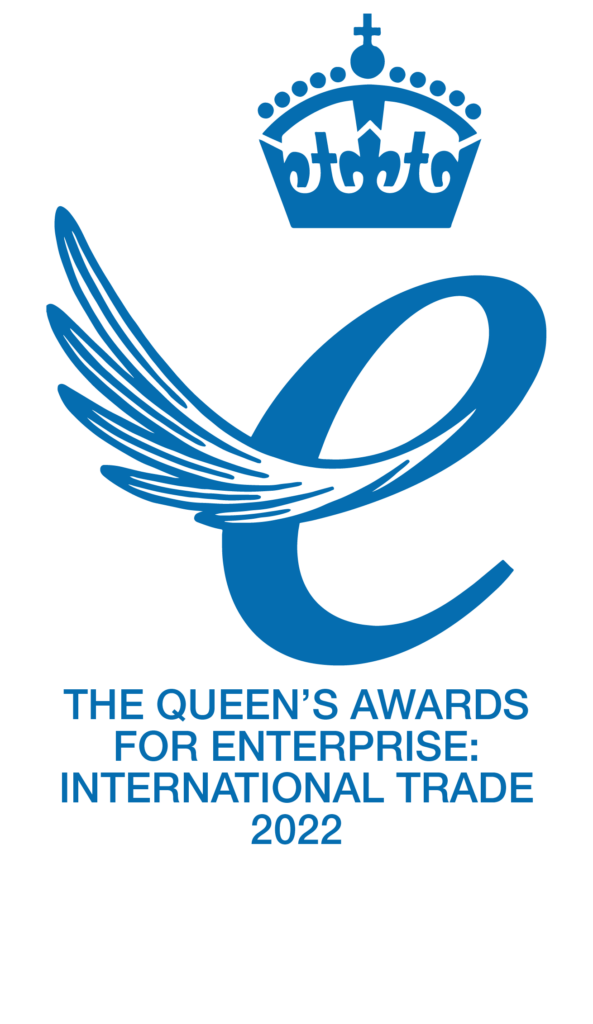Cellomatics recently worked on a project relating to Parkinson’s disease for a company in the biotech industry. Find out more in our case study below.
Did this project relate to a specific therapeutic area? If so, what was it?
Yes, the project related to Parkinson’s disease.
What was the project focused on in broad terms? What was required from Cellomatics?
The client was a biotech company that wished to test 6 compounds that they had developed and 2 compounds that were commercially available.
The aim was to determine levels of depolarisation of membranes utilising confocal microscopy (Pico image express).
Cellomatics was required to test the compounds on a genetically altered cell line, U20S Parkin2-FP602 MTS-tGFP. The cell line had been engineered to express proteins tagged with green, fluorescent mitochondrial proteins (to visualise mitochondria) and Parkin2 proteins tagged with a red fluorescent protein. When membranes are depolarised the red Parkin2 is recruited to the green mitochondria and can be visualised as granules under a confocal microscope.
Why did this client come to Cellomatics?
They approached us for our expertise within inflammation therapeutic area and for our technical capabilities with imaging.
Where there any challenges to overcome during the project? If yes, please provide details.
The positive control, CCCP, did not produce any depolarisation at the client’s desired 3 µM or 10 µM concentration. To decipher why this is, we started by plated the cell line on an increasing CCCP concentration gradient to determine if the concentration of CCCP was the problem. The CCCP concentration gradient revealed that 20 µM gave a significantly improved response, however this was far beyond what the client wanted.
CCCP has been published to give a response at lower concentrations, so I read around the subject. The results of the investigation revealed that CCCP is heavily inhibited by FBS in the culture media. Taking this into account, we plated the cells in media containing an increasing gradient of FBS. It was important to strike a good balance between reducing CCCP inhibition and having a high enough FBS content to prevent cellular dysfunction (low FBS triggers depolarisation).
In the end, we found that 5% FBS allows for a noticeable robust CCCP-induced signal.
How long did Cellomatics work on this project?
This project took approximately 3 months.
What stage is the project now at / what were the outcomes? (If we have that information)
The project is completed. The drugs had a “protective” effect against depolarisation apart from two drugs which had either an antagonistic effect or were cytotoxic to the cells.
Please provide a comment about the project.
The project was very challenging yet interesting. We worked in close collaboration with the client to deliver their project objectives through several stages of assay optimisation and validation. Overall this was a successful project for the team.






